AP S3 - Creating and Managing a Healthy and Safe Workplace
| Legislative References: | WorksafeBC Occupational Health and Safety Regulations, Part 3; Workers Compensation Act, Sections 21-46 |
| Policy Reference: | 2.10 Inclusive and Respectful Environments; 4.10 Healthy and Safe Environments |
| Collective Agreement References: | GITA Articles B.24, D.29, D.30; CUPE Article 26.07, 26.08, 30.01 |
| Date: | October 10, 2024 |
School District 64 (Gulf Islands) is committed to establishing and maintaining a safe, healthy, and respectful working environment. This administrative practice outlines the responsibilities, training, compliance measures, and action steps necessary to prevent workplace injuries and promote a culture of safety. By adhering to these guidelines, the District ensures that all employees and contractors work in accordance with applicable health and safety legislation, fostering a collaborative and supportive environment for all. This administrative practice applies to all District employees, contractors, and sites. | ||||||||||||||||||||||||||||||||||||||||||||||||||||||||||||||||||||||||||||||||||||||||||||||||||||||||||||||
DefinitionsEmployee: an individual who is employed by School District No. 64 (Gulf Islands). Supervisor: an employee responsible for directing, controlling, or instructing other employees in their duties including principals, vice-principals, managers, and directors. Workplace Violence: the attempted or actual exercise by a person, other than a worker, of any physical force so as to cause injury to a worker, and includes any threatening statement or behaviour which gives a worker reasonable cause to believe that they are at risk of injury. (WorksafeBC, 2024) Bullying and Harassment: when someone takes an action that they knew or reasonably ought to have known would cause that worker to be humiliated or intimidated. (WorkSafeBC, 2024) | ||||||||||||||||||||||||||||||||||||||||||||||||||||||||||||||||||||||||||||||||||||||||||||||||||||||||||||||
Processes
|




